In the world of massage chairs, Osaki has built its name on aggressive expansion, variety, and spec-loaded design. With dozens of active models, including bestsellers like the OS-Pro Admiral II and Maestro LE 2.0, the brand dominates U.S. showrooms, online retailers, and warehouse stores with a mix of flashy features and broad accessibility. It's a brand that speaks to shoppers who want their massage chair to do everything — SL-tracks, Zero Gravity, Bluetooth, heated 4D rollers, and dozens of programs.
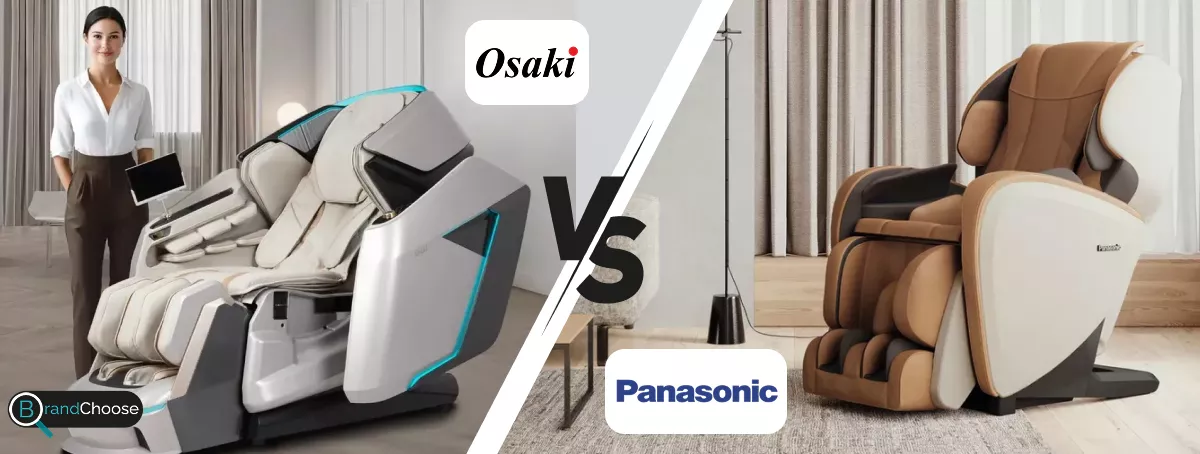
Panasonic, by contrast, operates with near surgical restraint. Known globally for electronics, the Japanese giant applies its technology ethos to massage chairs with a surprisingly small but refined lineup. Models like the MAJ7 and EP-MAK1 prioritize real-time body feedback, nuanced compression, and therapeutic rhythm over gadgetry. While Osaki is everywhere and tries everything, Panasonic takes a quieter path — focusing on what feels right rather than what looks impressive on a spec sheet. This deep comparison explores how each brand stacks up across nine critical dimensions that define user experience, durability, and long-term satisfaction.
Product Selection
🟦 Osaki offers 60+ models. From the $1,800 OS-Champ to high-end flagships like Maestro LE 2.0, there’s something for every budget, height, room size, and color preference.
| Primary Use Case | Osaki | Panasonic | ||
| Entry | OS-Champ |  |
No direct equivalent in this category |
|
| Mid | OS-Pro Admiral II | 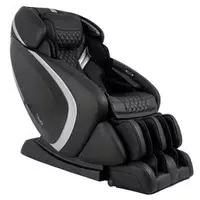 |
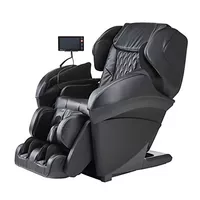 |
EP-MAK1 |
| Flagship | Maestro LE 2.0 | 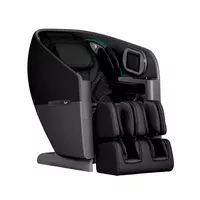 |
 |
MAJ7 |
🟪 Panasonic currently has just 2–3 available models in the U.S. — primarily the MAJ7, with some stock of the EP-MAK1 or similar variants. They tend to stay near or above the $6,000 price point, and don’t vary much in visual style.
✅ Osaki clearly dominates in variety and accessibility.
Customer Support & Warranty
🟦 Osaki offers standard U.S. support: 3-year frame, 2-year parts, and 1-year labor, with a centralized Texas warehouse for fast service. Support is generally responsive but can vary by dealer.
🟪 Panasonic provides a 5-year limited warranty, and their U.S.-based service is managed by professional appliance repair partners. Support is structured, trained, and unusually polished compared to most wellness brands.
✅ Panasonic has a more premium, consistent service experience.
Build Quality & Durability
🟦 Osaki is solidly built for the price, especially in mid and premium tiers. The Maestro LE 2.0 uses reinforced steel frames and well-insulated motors. That said, consistency may vary slightly between manufacturing plants.
🟪 Panasonic builds its chairs in Japan, using industrial-grade motors and internal parts designed for 20+ years of daily cycling. There’s a noticeable silence in movement, and the chair's frame remains stable even after years of use. The upholstery and seams hold up extremely well.
✅ Panasonic takes this one handily — it’s a high-precision machine built for multi-decade reliability.
Massage Variety
🟦 Osaki delivers sheer range. The OS-Champ sticks with basic kneading and tapping. The Admiral II steps into 3D massage with region-based presets, and the Maestro LE 2.0 goes all-in with heated 4D rollers, offering nuanced depth, intensity modulation, and synchronized rhythm. Osaki’s presets often include Sports Recovery, Stretch, Deep Shiatsu, and Thai techniques — excellent for users who like variety in their daily routine.

🟪 Panasonic limits itself to fewer techniques, but applies them with biofeedback precision. The MAJ7 uses proprietary real-time tension detection to adjust roller pressure based on your muscle tone during the session. It offers techniques like Junetsu (ultra-fine kneading), gentle stretch, and point-focused Shiatsu. Instead of a long menu of programs, it focuses on refining fewer movements until they feel human.
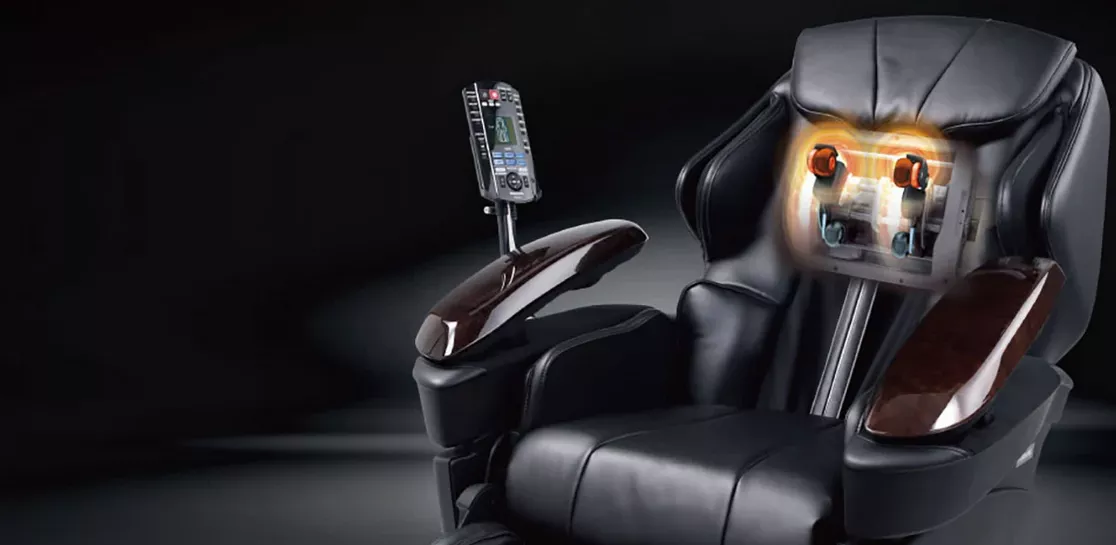
✅ Osaki wins on quantity and diversity of routines. Panasonic wins on precision and human-like pressure dynamics.
Programs Variety
🟦 Osaki loads its models with choices — 15+ programs in many mid/high-end units, including memory-saving slots and a mix of entertainment, relaxation, and stretch themes. The Maestro LE 2.0 offers advanced customization for users who want to program their routines exactly.
🟪 Panasonic keeps things tighter. The MAJ7 offers fewer programs, but each one adapts on the fly using Real Pro® sensors to read your muscle resistance. Programs include Deep Tissue, Relaxation, Junetsu Recovery, and targeted lower back therapy. You won't find flashy presets, but you’ll notice the subtle variation within each one.
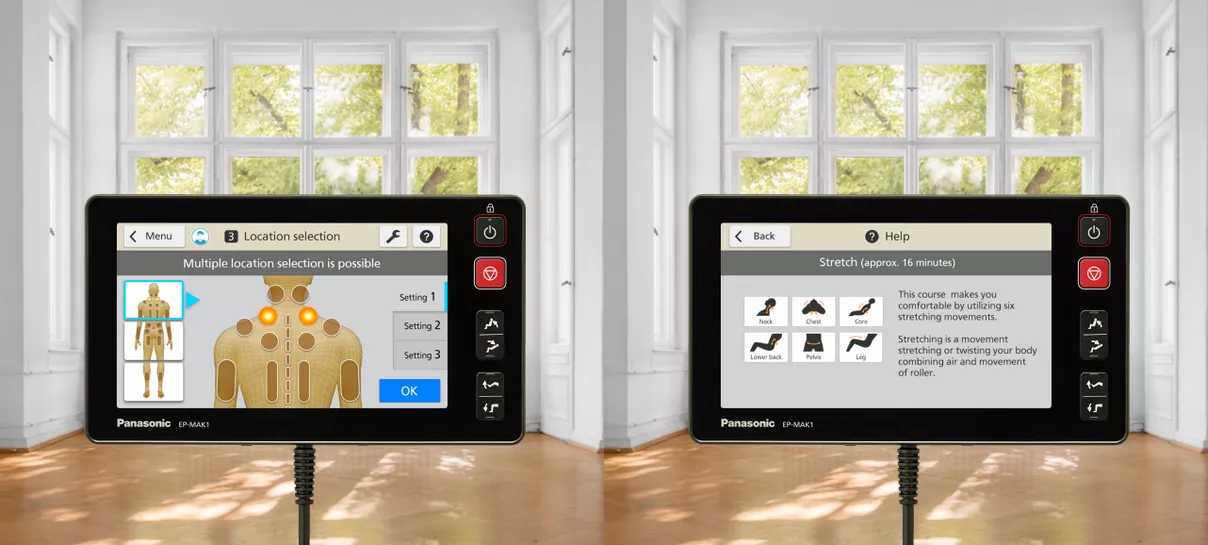
✅ Osaki wins for user choice and versatility. Panasonic wins for adaptivity and focused therapeutic value.
Cost & Affordability
🟦 Osaki caters to all budgets. The OS-Champ starts under $2,000, while the Admiral II and Maestro LE 2.0 cap around $6,500–$8,000, with frequent discounts.
🟪 Panasonic models start near $6,000 and climb higher. Discounts are rare, and you won’t find an entry-tier model.
✅ Osaki is far more affordable and price-flexible. Panasonic is for buyers who are already committed to a high-tier purchase.
Technology & Wellness Extras
🟦 Osaki integrates smart features liberally. The Maestro LE 2.0 includes Bluetooth audio, USB charging, LED mood lighting, and even voice assistant features. Their user interfaces are modern and mobile-friendly.
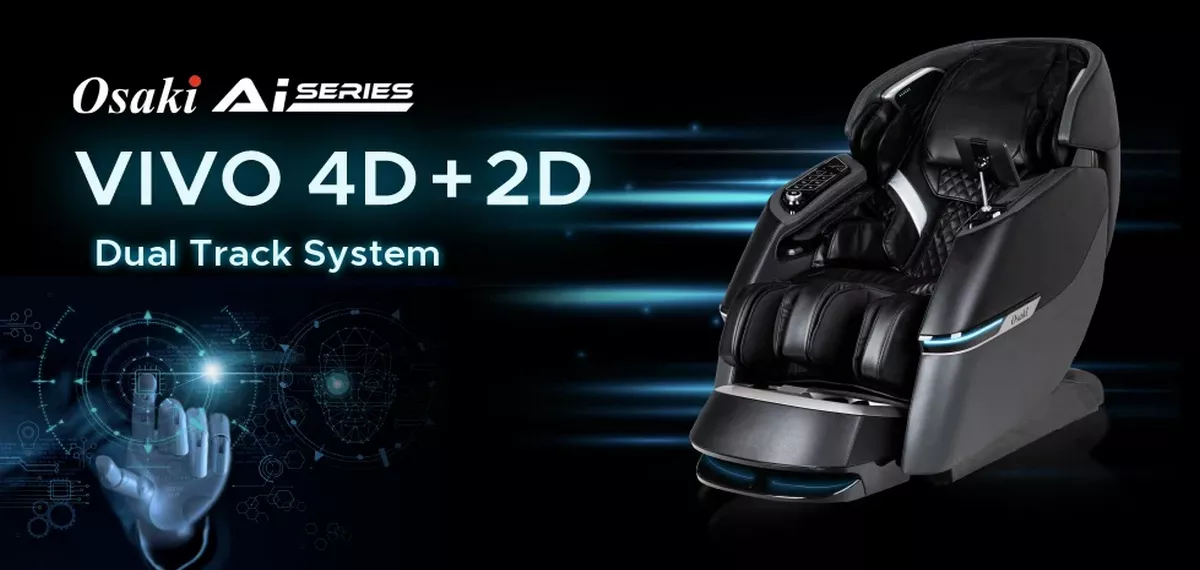
🟪 Panasonic includes none of the flashy accessories. Instead, it invests in intelligent rollers, airbag rhythm tuning, and adaptive pressure scanning. Even the heating system is fine-tuned to deliver warmth based on skin contact, not just a fixed timer.
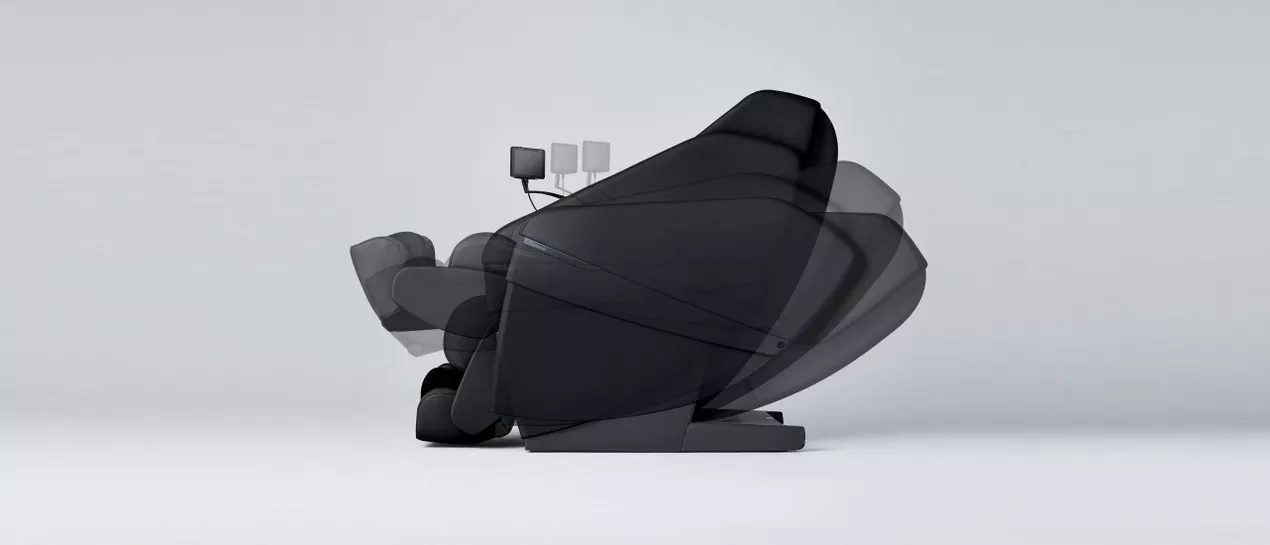
✅ Osaki wins for tech-forward convenience. Panasonic sticks to the mechanics of wellness, not entertainment.
Body Coverage & Adjustability
🟦 Osaki shines here with its SL-Track roller paths extending from the neck to the glutes and hamstrings. The Maestro LE 2.0 offers a 53-inch roller range and over 30 airbags distributed across key zones — shoulders, arms, calves, and feet. Adjustability includes footrest extension, roller depth control, and airbag intensity.
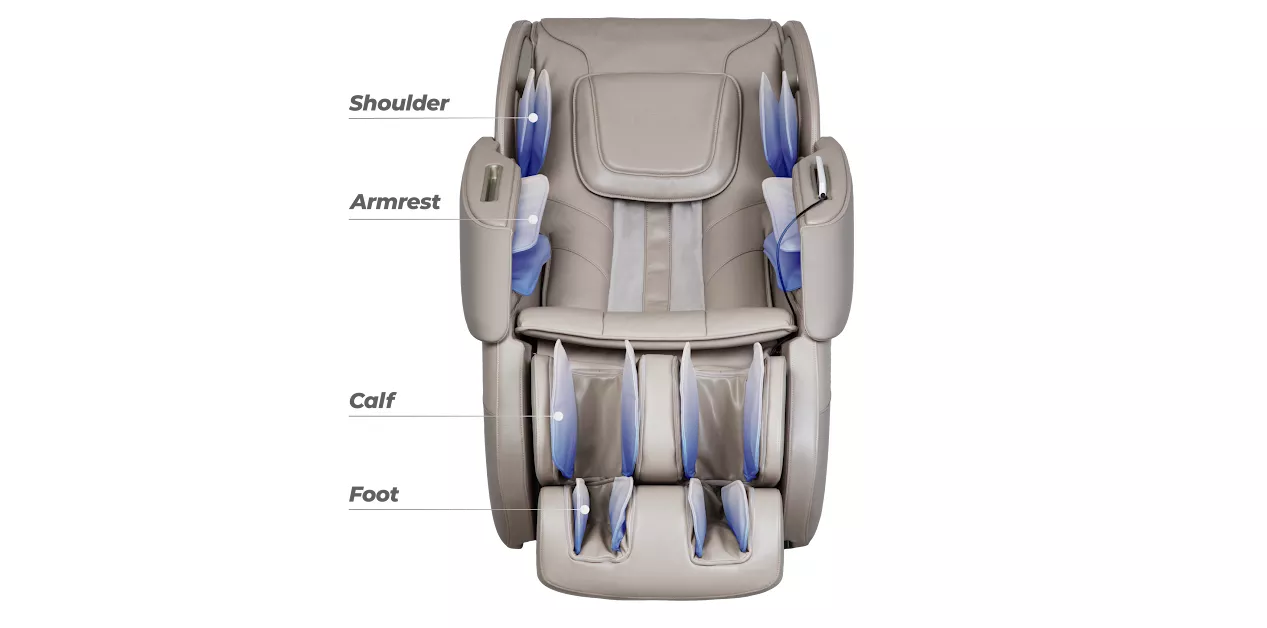
🟪 Panasonic keeps its S-Track roller design, which doesn’t go into the glutes but excels in spinal mapping. The MAJ7 introduces 3D and vertical pressure adjustments along with automatic shoulder width detection, which adapts in real time during your session. It also includes pinpoint kneading on the lower back, something rarely done with such finesse.
✅ Osaki wins in total surface area coverage; Panasonic focuses on depth and fine-tuned spinal control.
Comfort & Ergonomics
🟦 Osaki chairs, particularly the Admiral II and Maestro LE 2.0, emphasize plushness. They use high-density foam, wide seating, and deep recline angles with multi-stage Zero Gravity support. The recline mechanism slides forward to conserve space, and most models accommodate users up to 6'5".
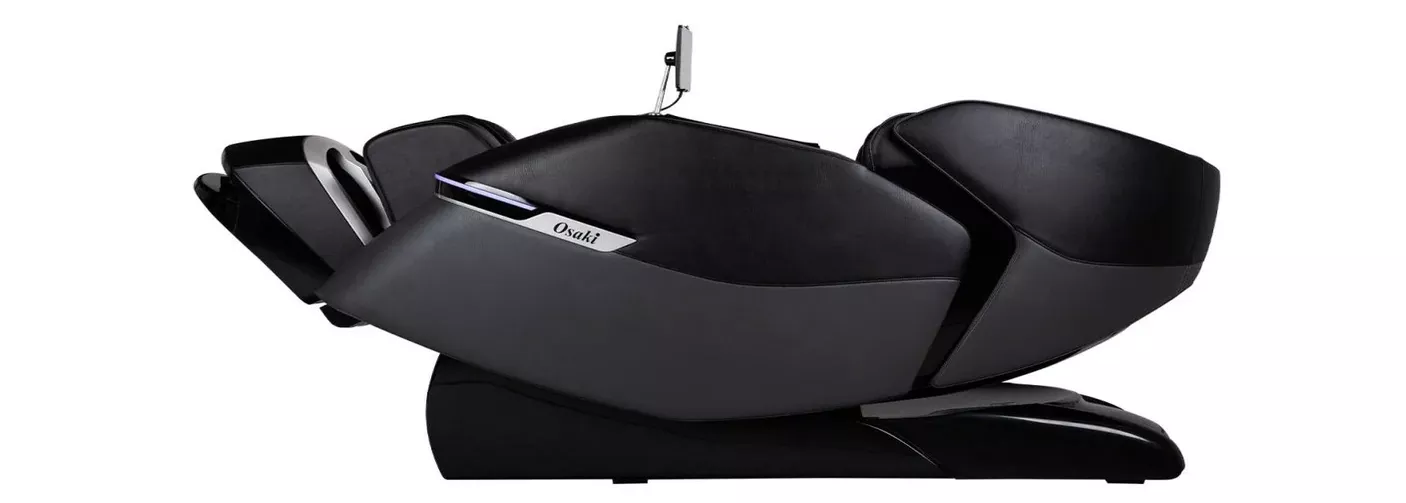
🟪 Panasonic, in chairs like the MAJ7, is more anatomically conservative. The seat is firmer, with lumbar contouring and variable shoulder width detection. The armrests are more open, making entry and exit easier for older users. While recline angles are slightly shallower, they focus on maintaining natural spinal curvature, especially beneficial during longer sessions.
✅ Osaki wins for cushioned comfort and visual luxury. Panasonic delivers clinical-grade support that feels more therapeutic over time.
Quick Buyer Match Guide
🟦🟦 Choose Osaki if you...
• Want maximum features and flash for your budget
• Prefer glute and hamstring coverage with SL-track rollers
• Need multiple programs and user profiles for a family
• Like voice control, mood lights, or app integration
🟪🟪 Choose Panasonic if you...
• Care more about subtle massage precision than visual flash
• Want a chair that lasts 10+ years without mechanical noise or drop-off
• Have back issues that require postural control and adaptive pressure
• Trust Japanese engineering and prefer a no-distraction, clinical feel
Conclusion
Osaki and Panasonic come from opposite sides of the massage chair spectrum. Osaki is built for the modern consumer: a tech-loaded, widely available brand that offers excellent spec sheets and plenty of value at every tier. Panasonic is more restrained — a company that prioritizes therapeutic feel, user trust, and mechanical refinement over bells and whistles. If you're looking for maximum features per dollar, Osaki delivers variety and boldness. But if you're seeking long-lasting, feedback-driven therapy with surgical attention to detail, Panasonic remains in a league of its own — understated, over-performing, and built to serve quietly for years.





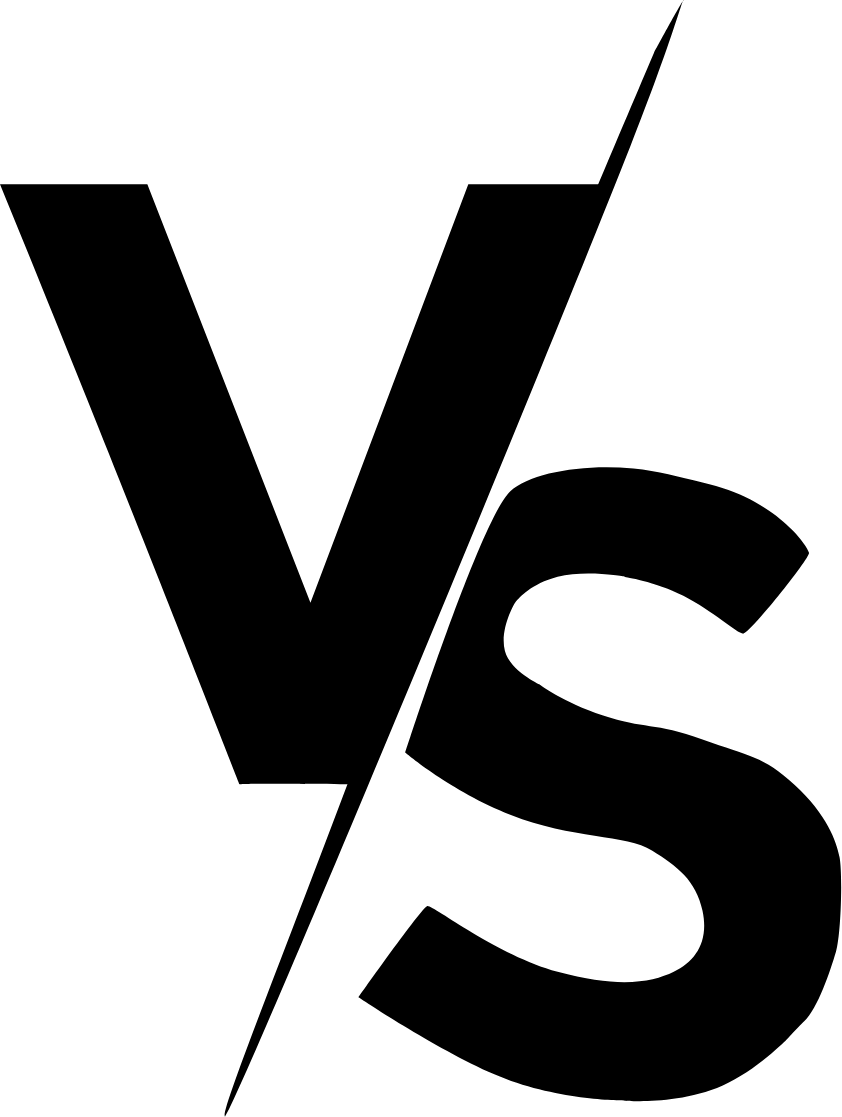
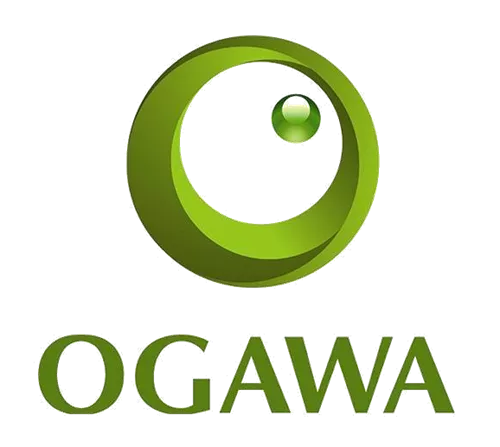




.png)